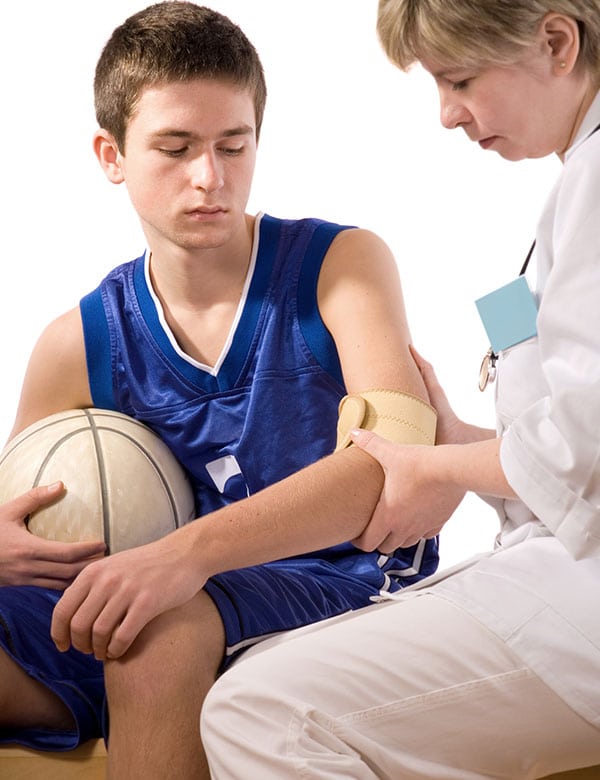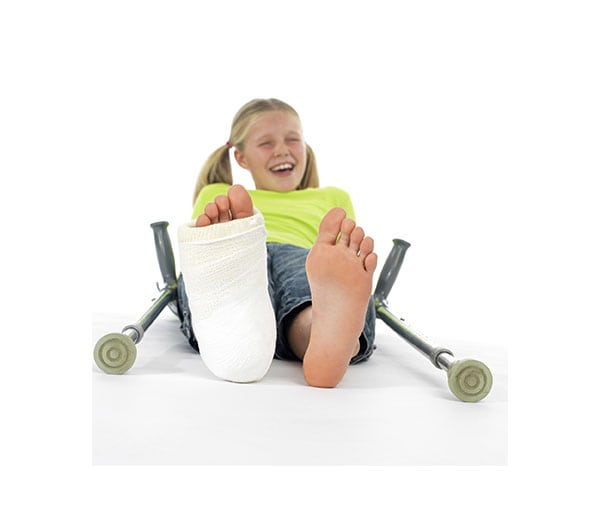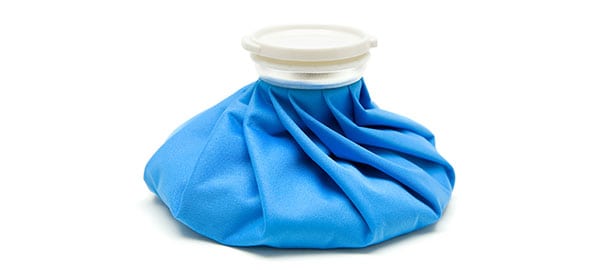Pediatric Orthopedic Surgeon in Orange County
A pediatric orthopedic surgeon in Orange County will use special techniques and methods to determine what's going on with the bones, muscles, ligaments, tendons, and joints of younger patients. Your pediatrician or primary care physician may refer your child to a pediatric surgeon if they are experiencing specific problems with their spine, arms, legs, or muscle groups. A referral may also be made if it's unclear what's causing a child to have difficulty walking or if there are birth defects that will require special attention. Due to the diverse nature of pediatric orthopedics, such care often includes a wide range of diagnostic and treatment options.
Growth and Development Issues
A common reason for a visit to a pediatric orthopedic surgeon in Orange County is due to concerns over growth and development. Because young bones, muscles, and joints are still growing, some conditions, such a toe walking that continues longer than expected, may go away with little or no intervention. A sideways curvature of the spine referred to as scoliosis is also common in children, although bracing may be necessary to prevent excessive curvature. Childhood growth and development issues may also include:
- Flatfeet
- In-toeing (pigeon toes)
- Bowleggedness (genu varum)
- Blount disease affecting the tibia
- Knock-knees
Bone, Joint, and Muscle Infections
Deep infections sometimes affect the bones, joints, and large muscle groups in children. Infections of this nature may develop from an injury such as a fall that results in a cut or other open wound. Children are especially susceptible to developing infections within the musculoskeletal system since their immune system isn't fully developed, especially in toddlers and infants.
Infections in tissues can affect movement in all major joints (hips, knees, ankles, legs, elbows, wrists, arms, and shoulders). Staph (staphylococcus aureus) infections are a common bacterial source of orthopedic infections in children. Treatment usually includes the use of antibiotics for about 4-6 weeks.


Sports-Related Injuries in Children
Most sports injures in children involve minor scrapes and bruises. If a child active in sports has a more serious injury, however, a referral may be made to a pediatric orthopedic surgeon in Orange County for further assessment. Strains and sprains affecting muscles, tendons, and ligaments can produce inflammation that affects movement in joints near the injured area.
Children and adolescents are also susceptible to sustaining sports-related injuries affecting the growth plate, an area of developing tissues around the end of the long bones such as the radius and ulna in the forearm and the tibia and fibula in the lower leg. Careful monitoring is necessary if a child is showing signs of a concussion. Frequent sources of sports injuries in children include:
- Repetitive motion injuries
- Stress fractures
- Overuse or over-extension injuries
- Dislocations
- Soft tissue injuries
Neuromuscular Disorders in Children
Cerebral palsy, spina bifida, and muscular dystrophy are among the common neuromuscular disorders that may affect children. Receiving a positive diagnosis can provide peace of mind and uncertainty at the same time. An Orange County pediatric surgeon will explain the typical progression of the disorder and explain steps that can be taken to minimize symptoms. Muscle weakness and fatigue are common symptoms of many neuromuscular conditions, so it's important to pinpoint a source so treatment can be more precise.

Diagnosing and Treating Pediatric Patients
Since younger children aren't able to verbalize their symptoms clearly, pediatric orthopedists have to use different approaches to determine what's going on, where it hurts, and how to help make the discomfort go away. Children may also not be cooperative during an exam or when image tests or blood tests need to be done.
Efforts are made to make such procedures as comfortable as possible, which may include distracting the child with conversion, clearly explaining what will happen with a test or exam in ways a child can understand, or seeking assistance from parents to help children remain calm. Treatment will depend on what the specific issue, although typical recommendations include:
- Bracing
- Activity modifications
- Pain and anti-inflammatory medications
- Periodic monitoring (with progressive or chronic conditions)
- Special forms of active and passive physical therapy
Surgery isn't the only option if your child is referred to a pediatric orthopedic surgeon in Orange County. Parents are encouraged to ask questions to learn what symptoms that should be looking for as their child continues to grow and develop, especially if they are being treated for a progressive condition that may change over time. In many cases, children with pediatric orthopedic issues can still lead a normal, active life as long as proper precautions are taken. Oftentimes, problems seen in children will naturally go away as development continues into adulthood. If intervention is necessary, a pediatric orthopedic surgeon in Orange County will clearly explain available options.
